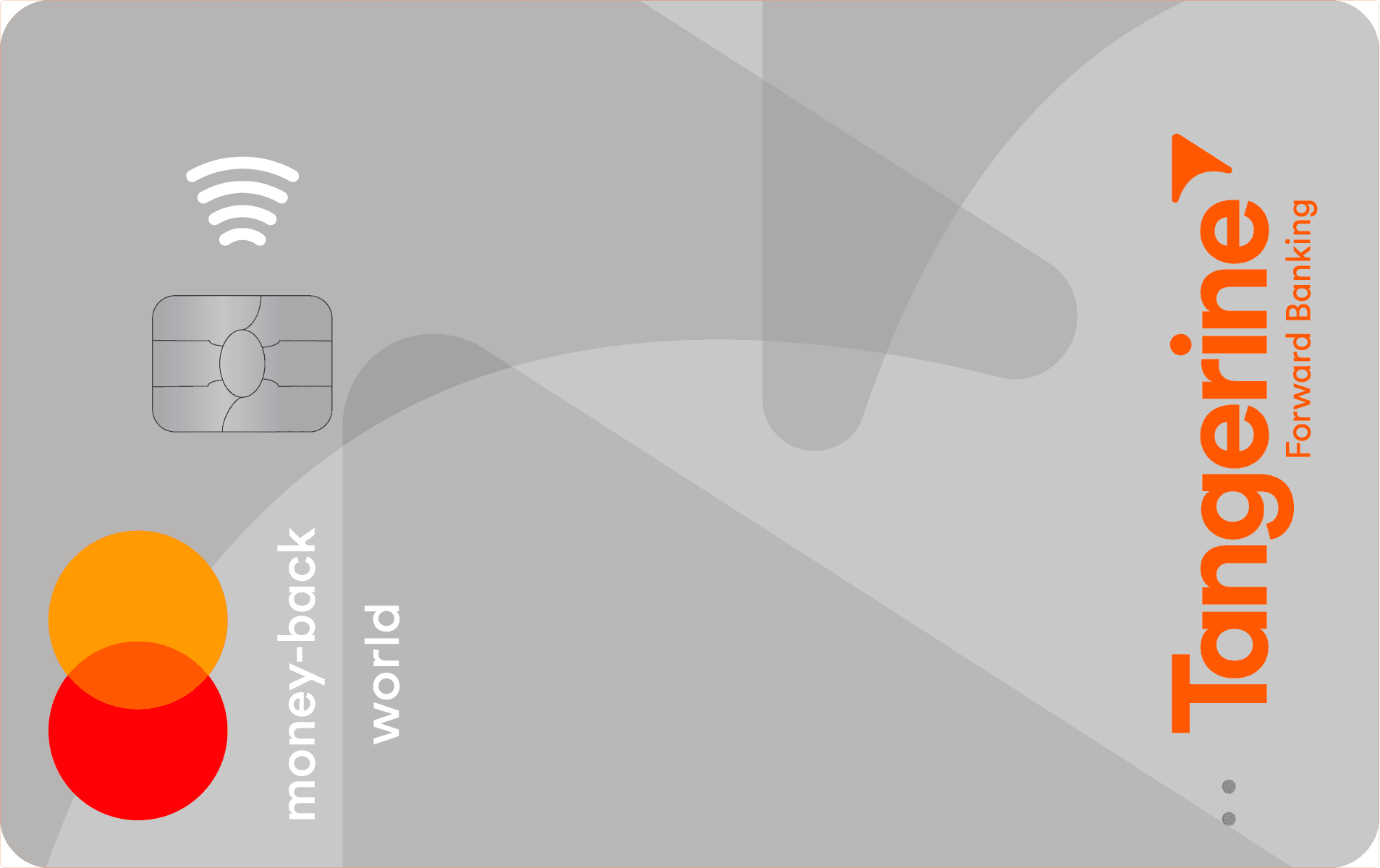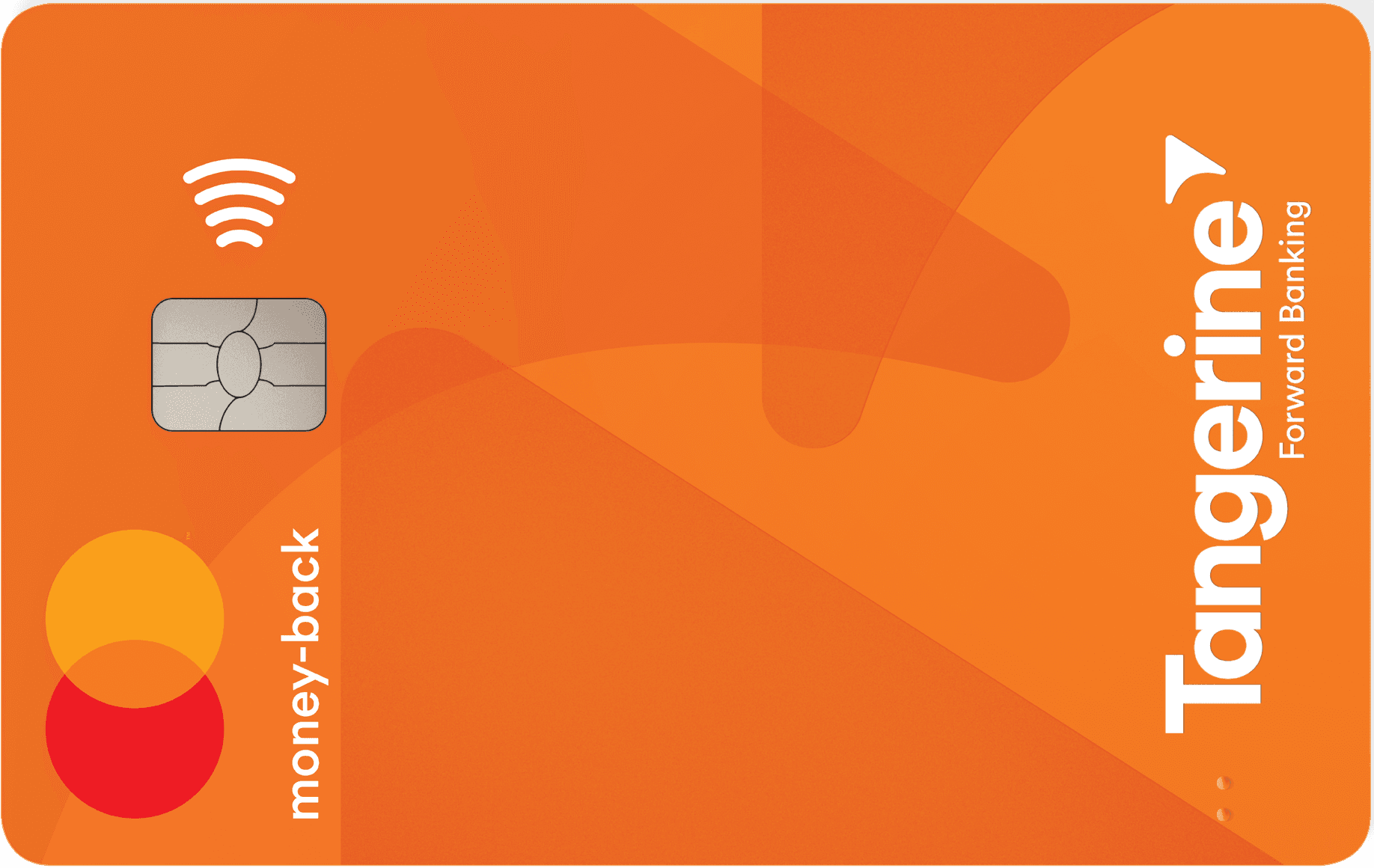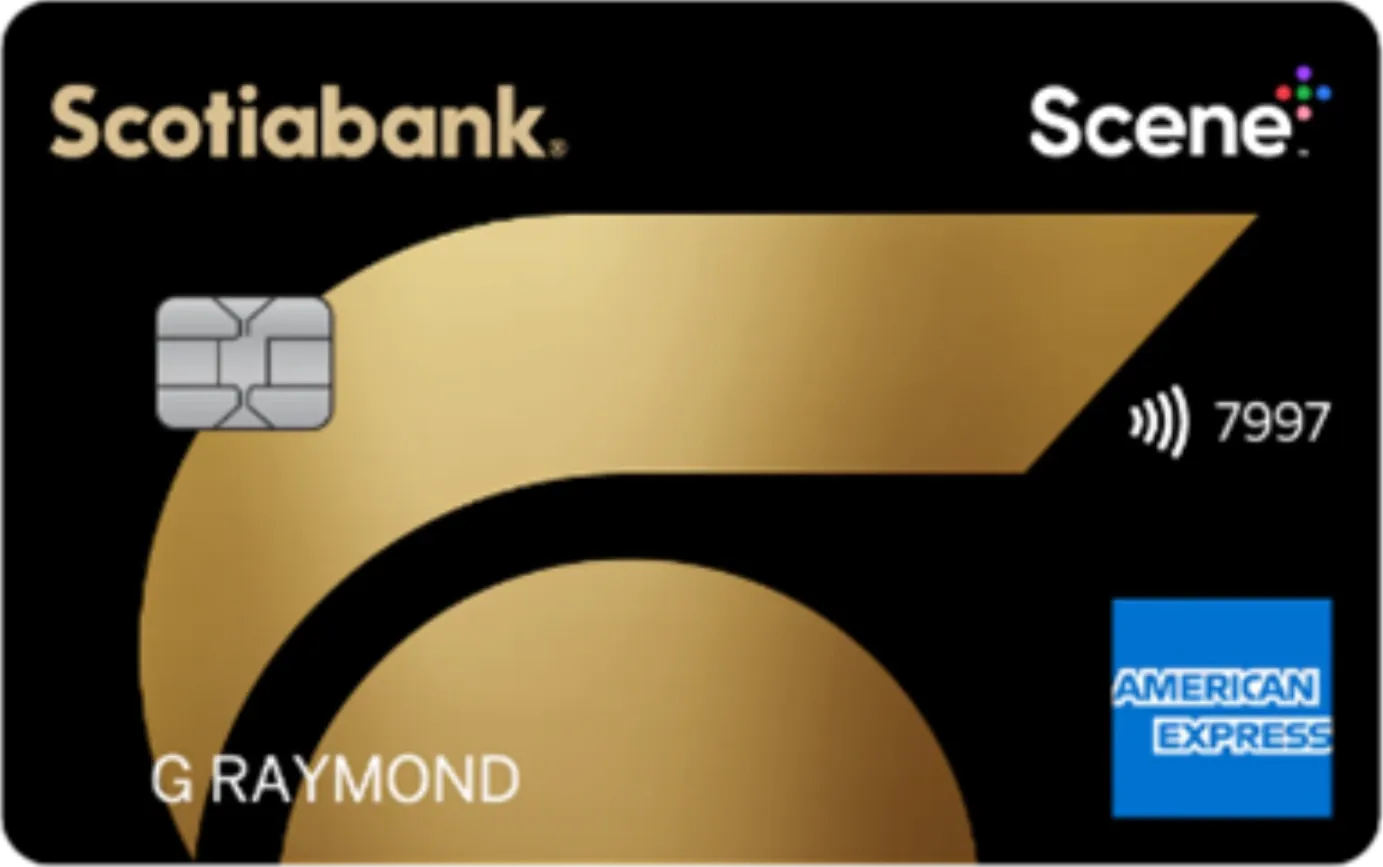Working hard in the background...
How Credit Card Interest Works in Canada
Published Nov 22, 2025 5:20 PM • 8 min read
Credit cards bring ease to doing financial transactions. But along with the freedom to spend more than you currently have in your account, there also comes an associated interest rate and thus a risk.
You need to be aware of interest rates and how they work to know what you will be liable to pay while owning a credit card. Understanding how the interest rate works in Canada helps you choose a card with a manageable interest rate and motivates you to use the card so that you won't be liable for a high interest rate.
If you are intrigued to know how interest rates work in Canada, then you will enjoy reading this blog.
The article covers all types of interest rates that can be applied to credit cards in Canada. I will also share a quick and easy way to calculate the interest rate (also referred to as APR or annual percentage rate) so that you know how much you owe in interest on a daily or monthly basis. Let's start by exploring the different types of interest rates you might have to pay for holding a credit card in Canada.
Types of Interest Rates
When you apply for a credit card, if you happen to read the conditions of banks in Canada, you can notice that there are different interest rates for different types of transactions. Here are the major types of interest rates that you will encounter while holding a credit card in Canada.
Annual Percentage Rate:
This is your card's standard Purchase APR, which applies to things you buy. Each month, you can avoid this interest entirely by paying your full statement balance by the due date. This interest-free window is known as a grace period. However, if you pay less than the full balance (even if you pay the minimum), you lose the grace period. When this happens, interest is charged based on your Average Daily Balance. This means interest begins to accrue not only on your remaining balance but also on all new purchases from the day they are posted to your account.
Penalty interest rate:
A penalty APR is a much higher interest rate that a bank can apply to your account if you fall into serious delinquency. This is not for a single missed payment; it's typically triggered if you are 60 days or more behind on your payments or if a payment is returned. If you miss a due date by one day, you will be charged a late fee, but the penalty APR will not be applied. It's also important to understand that a "grace period" is for avoiding interest on new purchases by paying in full; it is not extra time to make a late payment.
Interest rate on cash advances:
Most credit cards in Canada allow you to withdraw cash from ATMs just like with a debit card. However, the interest rate charged on taking such cash advances is higher than that charged on regular purchases. This higher interest rate suggests that credit card companies discourage cardholders from withdrawing cash.
Interest on balance transfer:
A credit card balance transfer is a method used by many consumers to manage their debt more effectively. It involves transferring outstanding debt from one or multiple credit cards to another credit card, typically one with a lower interest rate. Balance transfers often come with a fee, usually a percentage of the amount being transferred. While a balance transfer can save on interest payments in the short term, it's crucial for consumers to understand the terms of the agreement because most of the cards offer this lower interest rate for a limited time and revert to the standard rate after that. However, if one of the best balance transfer credit cards in Canada is used, you could potentially save a significant amount on interest payments.
Promotional interest rate:
To attract new customers, many banks in Canada offer promotional low or 0% interest rates for a limited time (e.g., 6 to 12 months). This is most common with balance transfers. A cardholder can transfer high-interest debt to the new card and pay it down with little to no interest during the promotional period. It is crucial to distinguish between the interest rate and the balance transfer fee. To get the low promotional rate, you must pay an upfront fee, typically 3% to 5% of the total amount you are transferring.
How to calculate the interest rate
When you apply for a credit card, the banks in Canada clearly state the interest rate they will charge on various types of transactions, as mentioned above. This interest rate is calculated on an annual basis and is known as the annual percentage rate or APR. From the APR, you can calculate your monthly or even daily APR to know what amount you are paying in interest to the bank.
The methods below are not 100% accurate, and more advanced calculations are required if you want to get the numbers, but they are quick methods to get a good estimate of the interest payments.
- For monthly APR calculation: To calculate the APR monthly, you need to follow these quick and easy steps:
- Divide the APR by 12 (12 months in a year). For example, if the APR on regular purchases is 19%, your monthly rate will be 1.58% (19% divided by 12).
- Now, multiply this monthly interest rate by your outstanding balance. For example, if your outstanding balance is $800, then your monthly interest will be $12.6 ($800 * 1.58%). This means that you will pay $12.6 monthly just in terms of interest.
- For daily calculation: It is easy to calculate the interest paid daily through your APR. All you need to do is to follow these steps:
- Divide the APR imposed on your credit card by 365 (the total number of days in a year, you can divide it by 366 in case of a leap year to get a realistic figure). For example, if your interest rate is 19%, then your daily interest rate will be 0.0525% (19% divided by 365).
- To fetch the daily interest you are liable to pay on the outstanding amount, you need to multiply the daily interest rate by the total amount outstanding. For example, if our outstanding balance is $900, then your daily interest amount will be $0.472 ($900 * 0.000525). You will pay $0.472 as interest daily on your outstanding balance.
Keep in mind that credit card interest rates can change, so you’ll need to redo the calculations yourself to get the updated payment amounts.
Why calculate your interest rate and amount
You must be wondering why you need to calculate the interest rate on a daily or monthly basis when you will get to know the amount from your bank on your credit card bill. Well, calculating the interest rate and amount paid in interest on a daily and monthly basis gives you a realistic picture of what amount you are paying in terms of interest rather than spending it on yourself. Knowing the actual amount will motivate you to pay off your debt to decrease or eliminate the interest amount and instead enjoy spending that money on fulfilling your desires.
What can you do to avoid paying interest?
If the interest rate is imposed on you by the bank, then there is practically nothing you can do other than pay at least the minimum payment of the credit card. You can't have any say in the interest rate the bank imposes on you. Banks even have the right to charge a higher interest rate on customers with poor credit scores.
But there are certain ways that you can adopt to lower or eliminate your interest, which include:
- Pay off the entire outstanding amount at the end of each month within the due date, and you won't have to pay any interest on the accrued balance.
- Don't take cash advances from credit cards, no matter how much you are in need of cash. Having a line of credit available for these cases is a helpful tip because they usually come with a lower interest rate than credit card cash advances.
- Make payments whenever you can, not just on the due date. The primary benefit of this strategy is that it directly lowers the interest you pay. Since interest is calculated on your Average Daily Balance, every day your balance is lower, your average for the month decreases. Making a payment early in the cycle is the most effective way to reduce your average daily balance and, therefore, minimize the interest charged if you are carrying a balance.
- Try to achieve a good credit score so that you can secure a credit card at a lower interest rate with lax terms and conditions.
However, you may have the opportunity to make a balance transfer with a fee and pay 0% interest for a few months on certain cards. Learn more at Canada's best 0% interest credit cards.
Read More: How to Get Out of Credit Card Debt
Frequently Asked Questions
A grace period is the time between when your statement is issued and when your payment is due. During this time, you are not charged interest on new purchases. To keep this benefit, you must pay your entire statement balance in full by the due date every single month. If you pay even one dollar less, you lose the grace period.
The moment the promotional period ends, any remaining balance from that transfer will begin to accrue interest at the card's standard balance transfer APR or purchase APR. This rate is often high (e.g., 22.99%), so it's critical to pay off the entire transferred amount before the promotion expires to realize the savings.
Your card's various APRs (Purchase, Cash Advance, Balance Transfer) are legally required to be disclosed in the "Information Box" that comes with your cardholder agreement. They are also listed on your monthly statements and within your online banking account.
Trending Offers

Tangerine® Money-Back World Mastercard®*

Tangerine Money-Back Mastercard

Neo World Elite® Mastercard®

Scotiabank Gold American Express® Card
About the author

Kevin Shahnazari
Credit Card Expert
Kevin started FinlyWealth and juggles a bit of everything—digging into data, running our marketing, and keeping the finances on track. Before this, he spent years as a data scientist at tech companies...
SEE FULL BIOAbout the editor

Anthony Coles
Editor
Anthony started off a career in finance working for the largest staging company in the UK. Tasked with setting up a procurement department and costing up large projects building film studios required ...
SEE FULL BIO